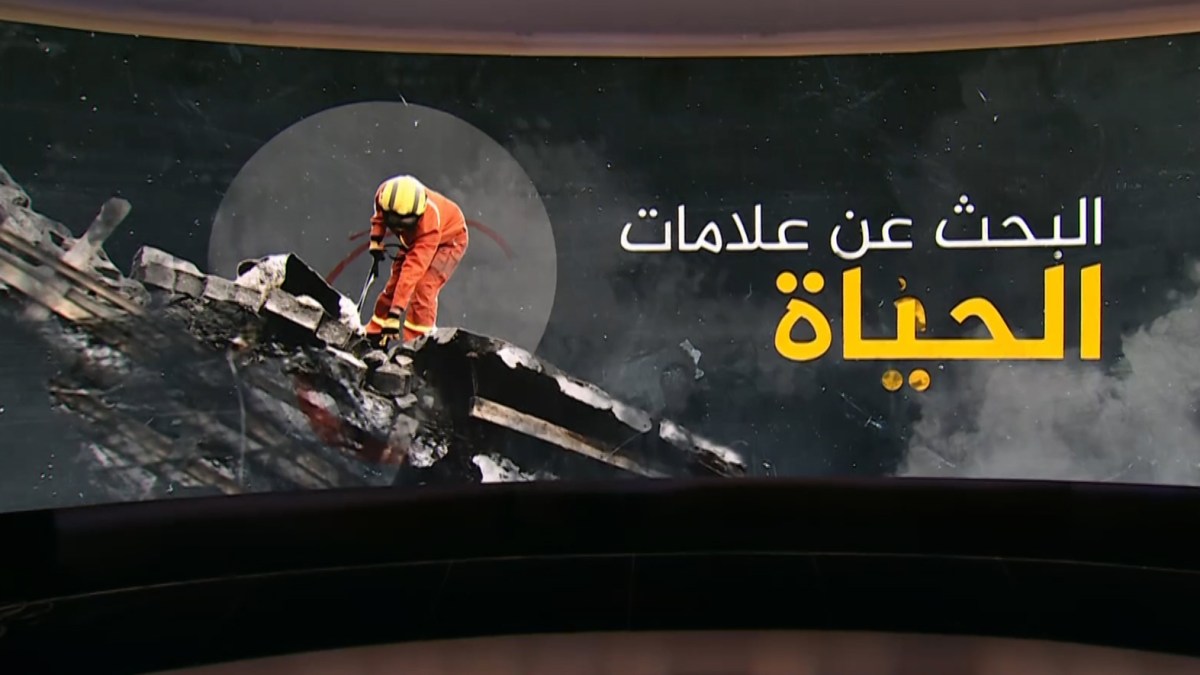Rescue teams continue searching for survivors under the rubble, two days after the earthquake that killed more than 8,000 people in Turkey and Syria, and displaced countless numbers in the bitter cold.
Rescue teams rely on specific mechanisms and preparations, preceded by coordination between the teams, to distribute roles in places according to need and extent of damage.
Teams usually begin with an analysis process that includes searching for voids in the wreckage where survivors could have been trapped, for example under stairs or under desks.
Then the rescue team resorts to searching for weak sounds and signs of life using special equipment, and it is usual for the rescue worker to strike 3 consecutive strikes on the wreckage in the hope that someone will respond from under the rubble.
Carbon dioxide sensors, thermal cameras and dogs are also used to search for survivors.
Removing the rubble requires securing it first, such as placing a wooden triangle to prevent collapses, and then using cranes and excavators.
Finally, the time for ending rescue operations is determined in coordination between the teams on the ground and the relevant authorities in the area.
The earthquake hit southern Turkey and northern Syria at dawn on Monday with a magnitude of 7.7, followed by another earthquake hours later with a magnitude of 7.6 and dozens of aftershocks, leaving huge losses of lives and property in both countries.
The epicenter of the earthquake was the Kahramanmaraş region in southern Turkey.

